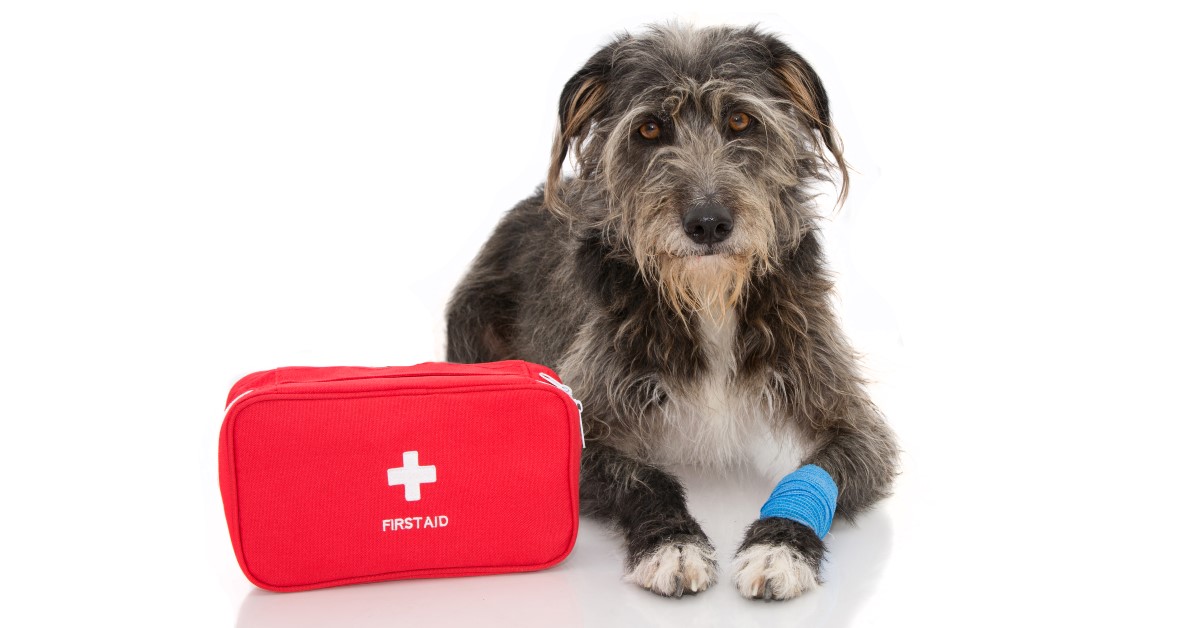Should I Buy an Automatic Pet Feeder?
Automatic pet feeders enable pet owners to set portion-controlled meals throughout the day for their pets.
.jpg)
Pet obesity has become an epidemic in the United States. According to the Association for Pet Obesity Prevention, approximately 60 percent of cats and 56 percent of dogs are considered overweight or obese.
One of the main causes of excess weight in pets is overeating or eating an unhealthy diet. Feeding your cat or dog a nutritional diet in the proper portions is key to maintaining a healthy weight.
An automatic pet feeder is designed to streamline this process by providing pet owners with a practical way to enforce healthier eating habits. Learn more about automatic pet feeders, the pros and cons of using one, and whether they are a good idea for your pet.
What Is an Automatic Pet Feeder?
Automatic pet feeders have become increasingly popular over the last few years. According to a Fact.MR Market Research Report, the global automatic pet feeder market was valued at $540.8 million in 2022 and is expected to reach $1.36 billion by the end of 2032.
What’s the appeal? Automatic pet feeders are designed to save pet owners time by delivering pets a pre-portioned amount of food at designated times. These automated feeding systems are a hands-free convenience for busy pet owners who don’t want to deal with the hassle of measuring kibble and filling food bowls multiple times per day.
An automatic pet feeder differs from other types of pet food bowls on the market. For example, gravity feeders work by detecting how much food is in the bowl after your pet has finished eating and dispensing more as the bowl empties.
With a gravity food bowl, pets can continue to eat until the food reservoir is depleted. With an automatic pet feeder, your pet is only dispensed the appropriate amount of food during meal times. This can help prevent overeating or the accumulation of bacteria as the pet food sits uneaten in the food bowl.
Pros and Cons of Automatic Pet Feeders
Automatic pet feeders can be an easy and convenient way to feed your pets; however, they are not right for everyone. Here’s a look at some pros and cons to consider:
Pros:
- Save Time – Maybe you feel guilty about sleeping in because your pet gets hungry each morning at 7 AM. Or perhaps you run home each day during your lunch period to fill your pet’s food bowl. Feeding your pet takes more time than you’d think. Automatic pet feeders allow you to save time without the guilt.
- Prevent Overeating – Even if your pet is not overweight, overeating can cause a wider range of health problems. Automatic pet feeders will only dispense a healthy amount of food based on your customized control settings. This means you can feed your pet based on his age, weight, and similar factors.
- Maintain a Schedule – Pets enjoy predictability. You can maintain a schedule in which your pet has predictable meal times with an automatic pet feeder that dispenses food at certain times of the day. This can be especially useful if you work during the day and can’t stop home to feed your pet.
- Weight Loss – If your pet is already struggling with weight problems, an automatic pet feeder may be a useful tool in your pet’s weight loss journey. These feeding systems deliver small, pre-portioned meals that can help pets lose weight and manage health conditions like diabetes.
- Control Extra Food – If you leave the food bowl outside, there is a good chance that strays, wildlife, and local pests may eat all the food fairly quickly. With an automatic pet feeder, food is only dispensed in small amounts at intervals set by the pet owner.
Cons:
- Lack of Sensors – Most automatic pet feeders on the market lack adequate sensors that determine if there is leftover food from previous meals. The pet feeder will then dispense more food, meaning your pet will receive a larger portion than desired.
- Difficulty Cleaning – As automatic pet feeders typically contain electronics and various moving parts; they are more fragile than standard pet food bowls. This means that pet owners must use caution when washing these dishes to avoid getting food or water into the mechanics of the device.
- Loud and Disruptive – Some automatic pet feeders are fairly loud when they dispense food. They can be frightening or disruptive to some pets that are sensitive to noise. Your pet may even be too scared to get close to the food bowl to eat.
- Power Issues – Automatic pet feeders often run on batteries, meaning pet owners must remember to change the batteries once they wear down. If a pet feeder runs on electricity, pet owners must ensure that they provide a backup source of food if the power goes out and that the pet does not chew on the cord.
- Food Limitations – Automatic pet feeders generally only work with dry kibble. If you usually feed your pet a raw food diet or pet food other than kibble, this type of pet feeder may not be suitable for you. Consider your pet’s diet when choosing an appropriate food dish.
While automatic pet feeders can be a useful, practical, and time-saving tool, they are not right for all families. An automatic pet feeder may be the right solution for you if you need to schedule multiple meals in advance and don’t mind the limitations of these devices. You’ll also want to do plenty of research to find a product that is made by a reputable company and offers the features that you’re looking for in an automatic pet feeder.
Ready to start saving money on pet wellness care?
Then take a look at Mint Wellness, the pet wellness plan that provides fast reimbursement on routine pet care. Save on vaccinations, wellness exams, preventatives, dental, and more!
Learn More


